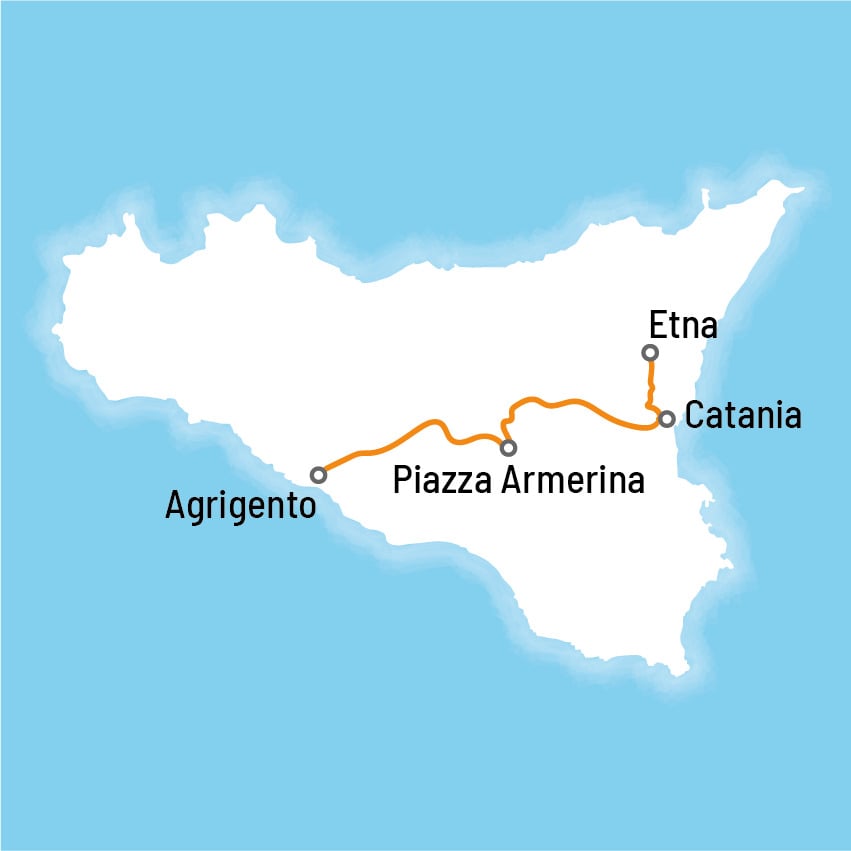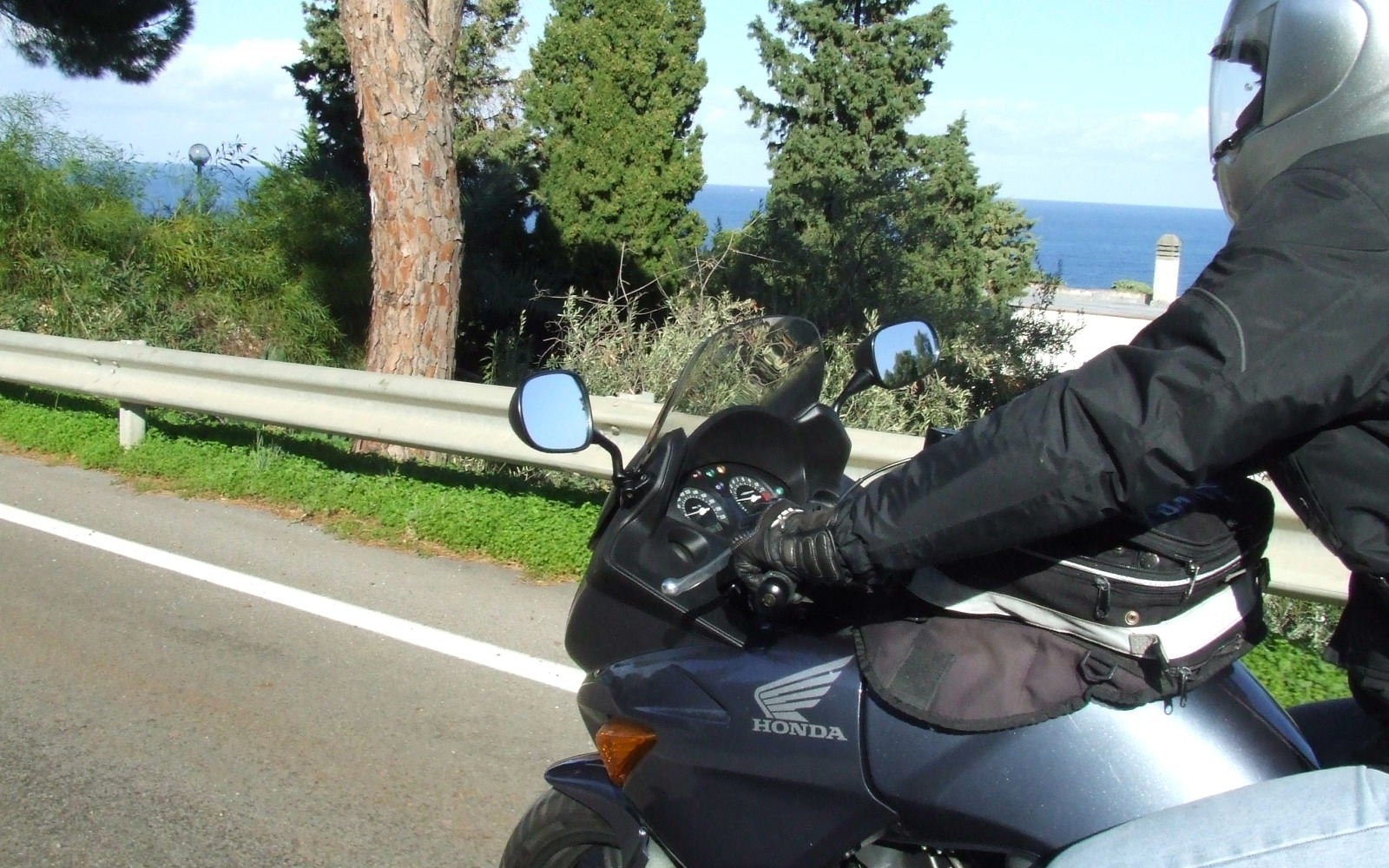Agrigento
The Valley of the Temples rises southernmost, on the traces of the old town and includes many temples built in the 5th century BC. Walking along the path you can find:
- The temple of Concorde; the only temple still standing in its whole.
- The temple of Castor and Pollux; tributed to Leda and Zeus’s twins.
- The temple of Olympian Zeus was built in the 5th century BC and dedicated to Zeus
- The temple of Heracles; was built to commemorate the soldiers died during the Second Punic War.
- The temple of Hera Lacinia (Giunone).
Villa del Casale
Villa del Casale is an old Roman Residence of Hunting. It was built between the late 3rd century BC and the early 4th century AD. The most remarkable feature of the villa is the fl oor, mainly consisting of mosaics which fortunately endured in excellent condition.
In 1997, Villa Romana del Casale was declared from Unesco inalienable heritage of Mankind, not only because it is an extraordinary and important Roman remain, dated at the end of the Roman Empire, but also because it represents the complex system of economic, social and cultural relations of the Mediterranean basin. It includes 48 rooms. Almost in every room it is possible to see the splendid mosaics made almost certainly by north African workers. Surely the best known picture is the one of the girls wearing Bikinis. It is situated in one of the rooms to the South of the peristyle.
Villa Romana del Casale
Open Everyday from 8.00 to 17.30 (winter) from 8.00 to 18.30 (summer).
Admission 2 Euros From 18 to 25 years old
4 Euros From 26.
Catania
In the Roman age Catania was a flourishing city with the second largest amphitheatre after the Coliseum. But above all Catania can be considered a symbol of revival, many times destroyed by the forces of nature - the Volcano and earthquakes - and by conquerors. Catania was more than once ransacked and plundered to the limit.
Etna
Etna was known in Roman times as Aetna, that possibly comes from the Greek word aitho (“to burn”).
The Arabs called the mountain Gibel Utlamat (“the mountain of fire”); this name was later changed into Mons Gibel and subsequently Etna’s current local name Mongibello.
The mountain’s regular and often dramatic eruptions made it a major subject of interest for Classical mythologists and their later successors, who sought to explain its behaviour in terms of the various gods and giants that populated Roman and Greek legends. Aeolus, the king of the winds, was said to have imprisoned the winds in caves below Etna. The giant Typhon was confined under Etna, according to the poet Aeschylus, and was the cause of the mountain’s eruptions. Another giant, Enceladus, rebelled against the gods, was killed and was buried under Etna.
Hephaestus or Vulcan, the god of fire and forge, was said to have had his forge under Etna and drove the fire-demon Adranus out from the mountain. The Greek underworld, Tartarus, was supposed to be situated beneath Etna.


